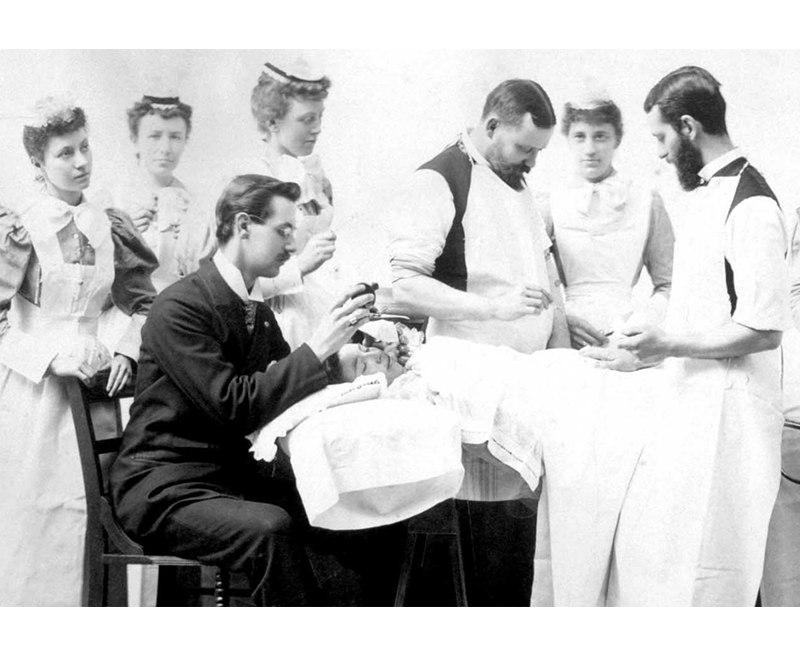
Трансплантация волос – это процесс пересадки волосяных фолликулов из донорской области в участки кожи головы, пораженные облысением или истончением волосы. Процедура выполняется командой специалистов в стерильных условиях и может занять от 6 до 10 часов, в зависимости от размера площадь, подлежащая пересадке. Очень важно применять правильную технику и Пациент и врач внимательно следят за процедурой успешные результаты. Кроме того, трансплантацию волос можно определить как хирургическую процедуру. которые могут повысить уверенность человека в себе и улучшить их психологическое благополучие в социальных ситуациях. При правильной технике работы и планирования, он также может воплотить в жизнь желания и мечты пациент. Хотя существуют разные типы трансплантации волос, процедура безболезненно благодаря использованию местной анестезии.
Hair transplantation is a specialized medical procedure in which hair follicles are taken from a donor area, usually the back or sides of the head, and implanted into areas of the scalp that are bald or thinning. The procedure is meticulously performed by a skilled medical team in a sterile environment to ensure safety and precision. Depending on the Hair transplantation is a specialized medical procedure in which hair follicles are taken from a donor area, usually the back or sides of the head, and implanted into areas of the scalp that are bald or thinning. The procedure is meticulously performed by a skilled medical team in a sterile environment to ensure safety and precision.
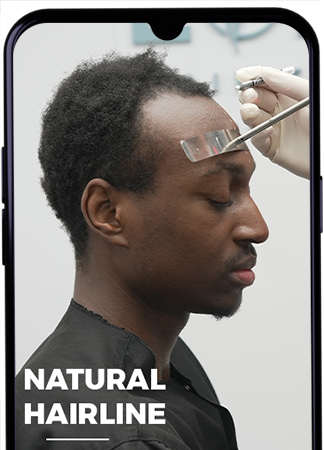
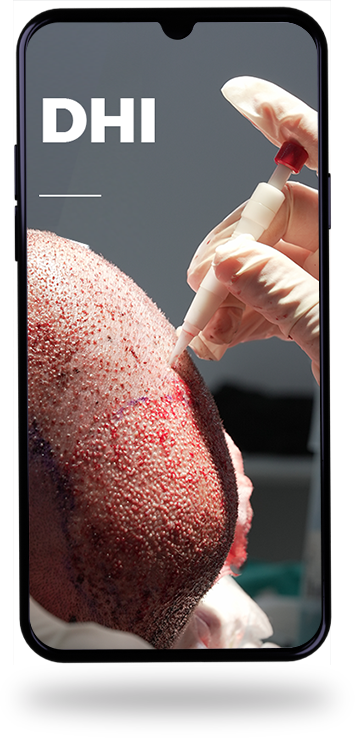
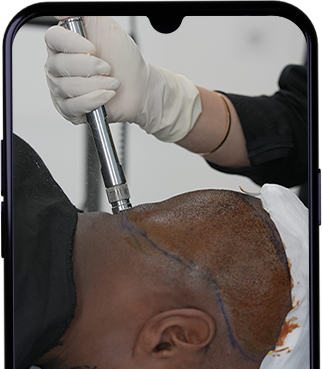
Depending on the size of the area being restored, the procedure can take anywhere from 6 to 10 hours. Careful application of the correct technique is critical to the success of the procedure. Hair transplantation offers significant psychological benefits, as it can restore a person's self-confidence and improve their emotional well-being in social settings. The improved appearance can have a positive impact on a person's personal and professional life, fulfilling not only aesthetic desires but also long-held dreams of hair restoration. While there are several methods of hair transplantation, they all share a common goal: to restore hair in a way that looks natural and permanent. The use of local anesthesia makes the procedure virtually painless, allowing patients to remain awake and comfortable throughout the procedure. Although Follicular Unit Transplantation (FUT) is not the preferred method today, techniques such as Follicular Unit Extraction (FUE) and Direct Hair Implantation (DHI) are widely used. And with modern advancements, recovery times are shorter and results are more natural looking than ever before. This combination of medical expertise, careful planning, and state-of-the-art techniques is making hair transplantation an increasingly popular choice for those seeking to address hair loss.
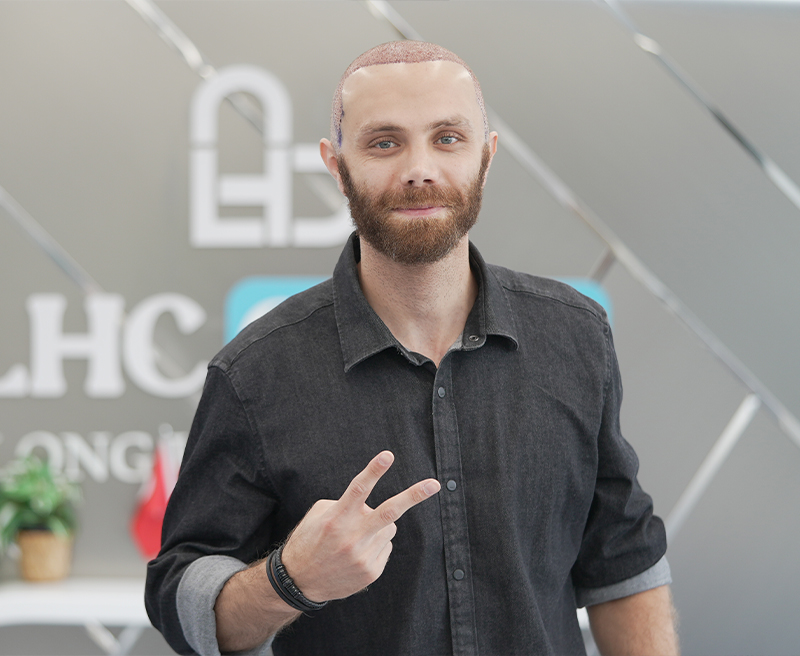
Операцию по пересадке волос следует проводить в больничных условиях, в стерильных условиях. условий полностью квалифицированной командой. Есть много методы трансплантации волос, и соответствующая техника варьируется от человека к человеку. человека в зависимости от его возраста, пола, типа волос, скорости и характер выпадения волос, качество донорской области и уровень облысения. Самые распространенные техники включитьbr ФУЭ,br САПФИР ФЮЭ,br ДХИ ФУЭ,br Безболезненная пересадка волос,br Трансплантация волос с седацией.br
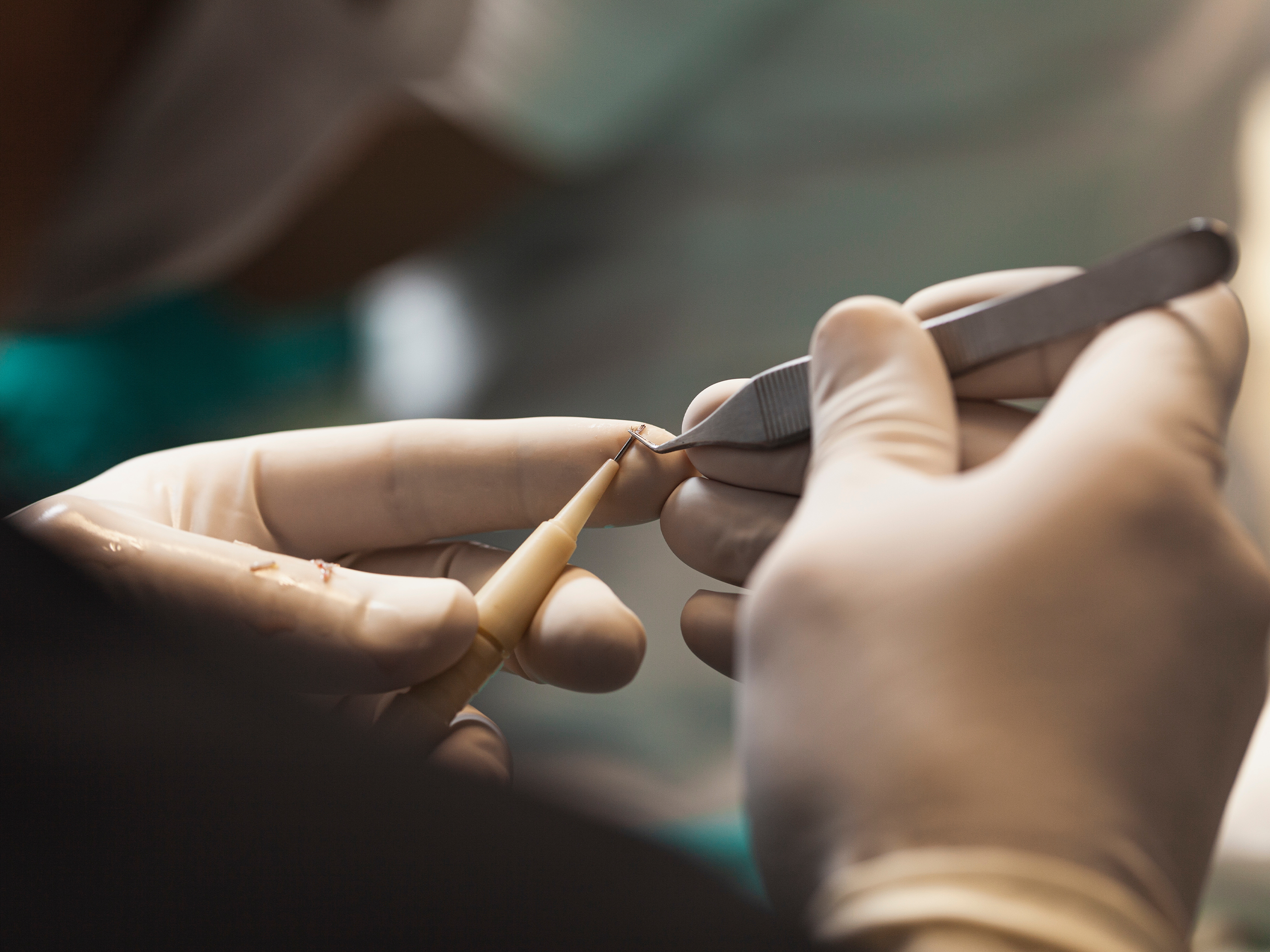
The hair grafts are extracted from the backside of the head, which we determine as between two ears and above the neck. The reason for choosing this specific area as a donor (extraction zone) is that the hair grafts in this region are genetically encoded against inherent hair fall. If the extraction process from this region is performed with better quality artistry, hair fall will never occur for a lifetime. Therefore, we take the hair grafts from this region.
The implanted hair may fall out within 2-3 weeks after transplantation. This is a normal process. New hair will begin to grow approximately 3-4 months later, and you can see the final results after 6-12 months. Complete growth can take up to 18 months.
No, the implanted hair generally does not fall out again. Hair extracted from the back of the head is genetically resistant to hair loss and remains permanent. However, existing natural hair may continue to fall out with age, so additional transplantation may be necessary if needed.
The surgery is performed under local anesthesia, so there is almost no pain during the procedure. There may be mild discomfort or swelling after surgery, but this can generally be managed with mild painkillers. Most patients can return to normal activities the day after surgery.
You are welcome to come with your family. There may be an additional charge for companion accommodation, but this is optional. It may vary depending on the accommodation package, so please check the details when making a reservation. Generally, all services are included for one patient.
The operation time varies depending on the number of follicles to be transplanted. Generally, 1000-2000 follicles take 4-6 hours, 2000-3000 follicles take 6-8 hours, and 3000 or more follicles take 8-10 hours. The surgery is completed in one day, including rest time.
